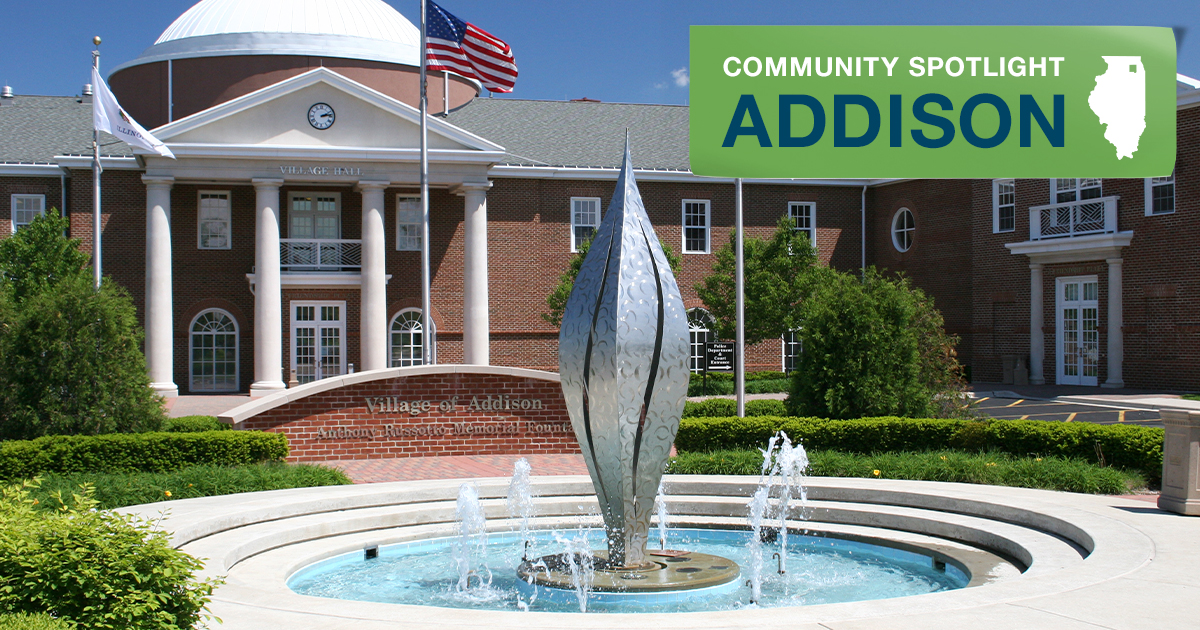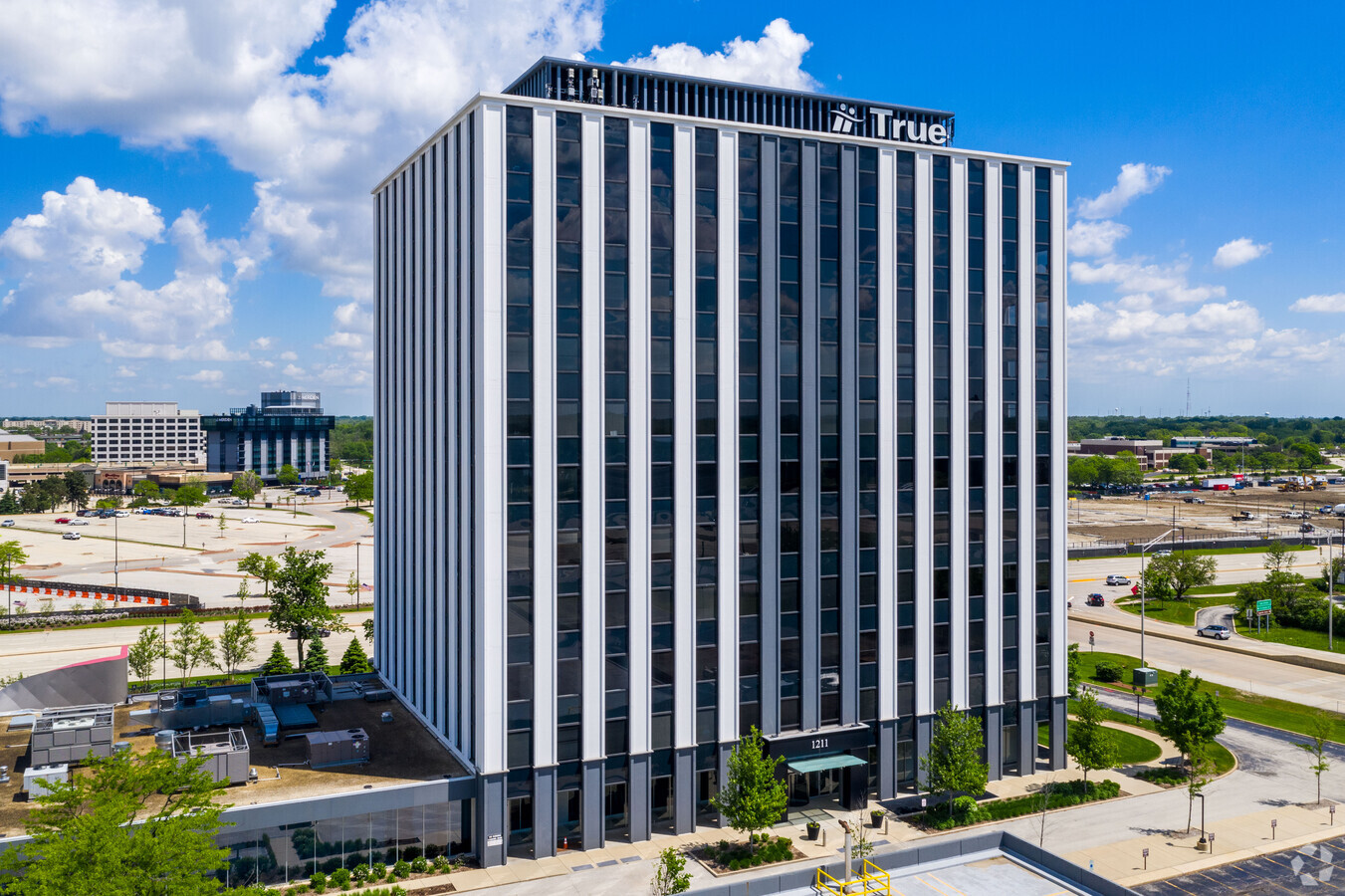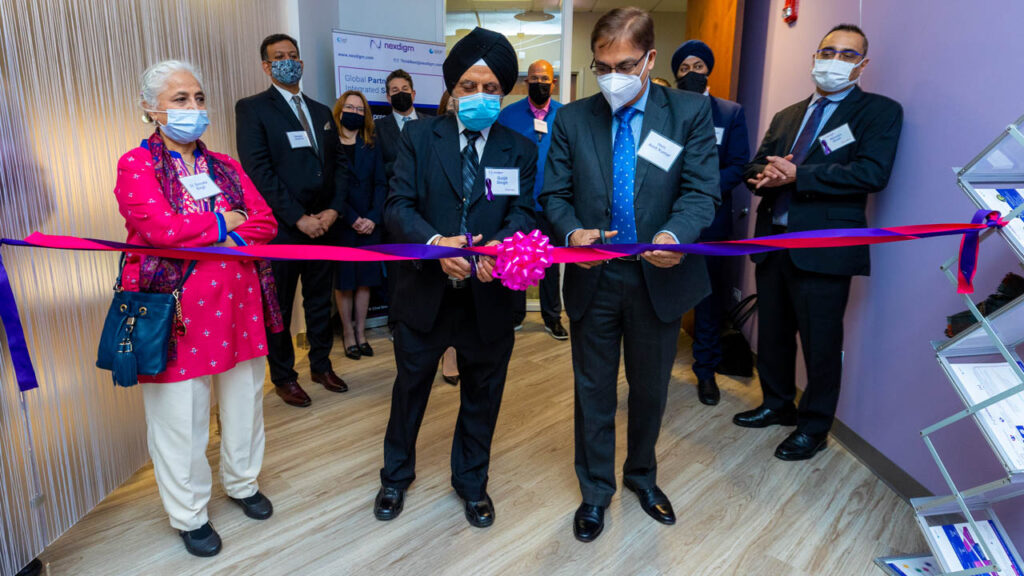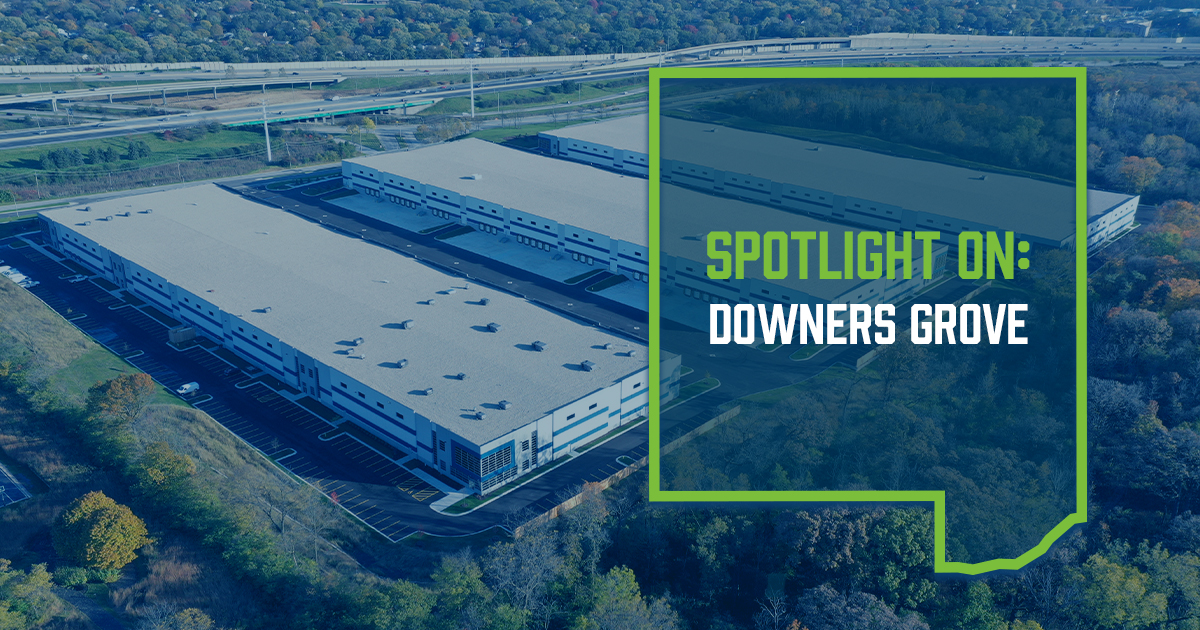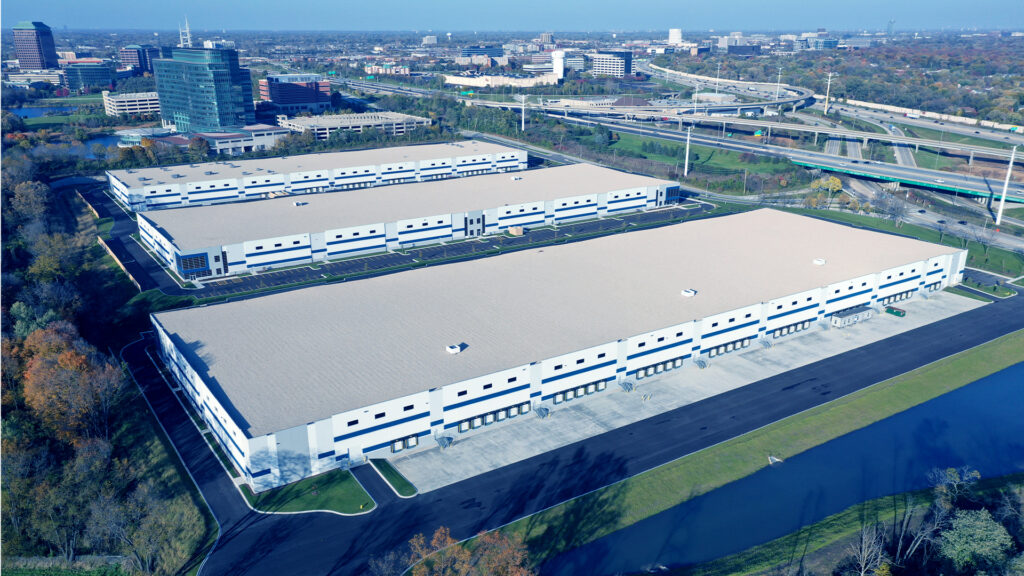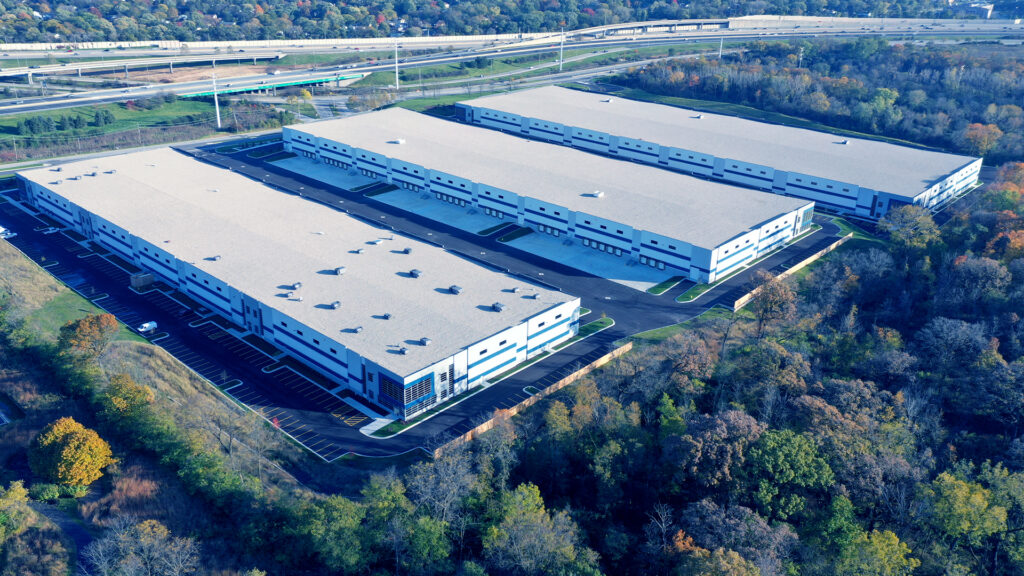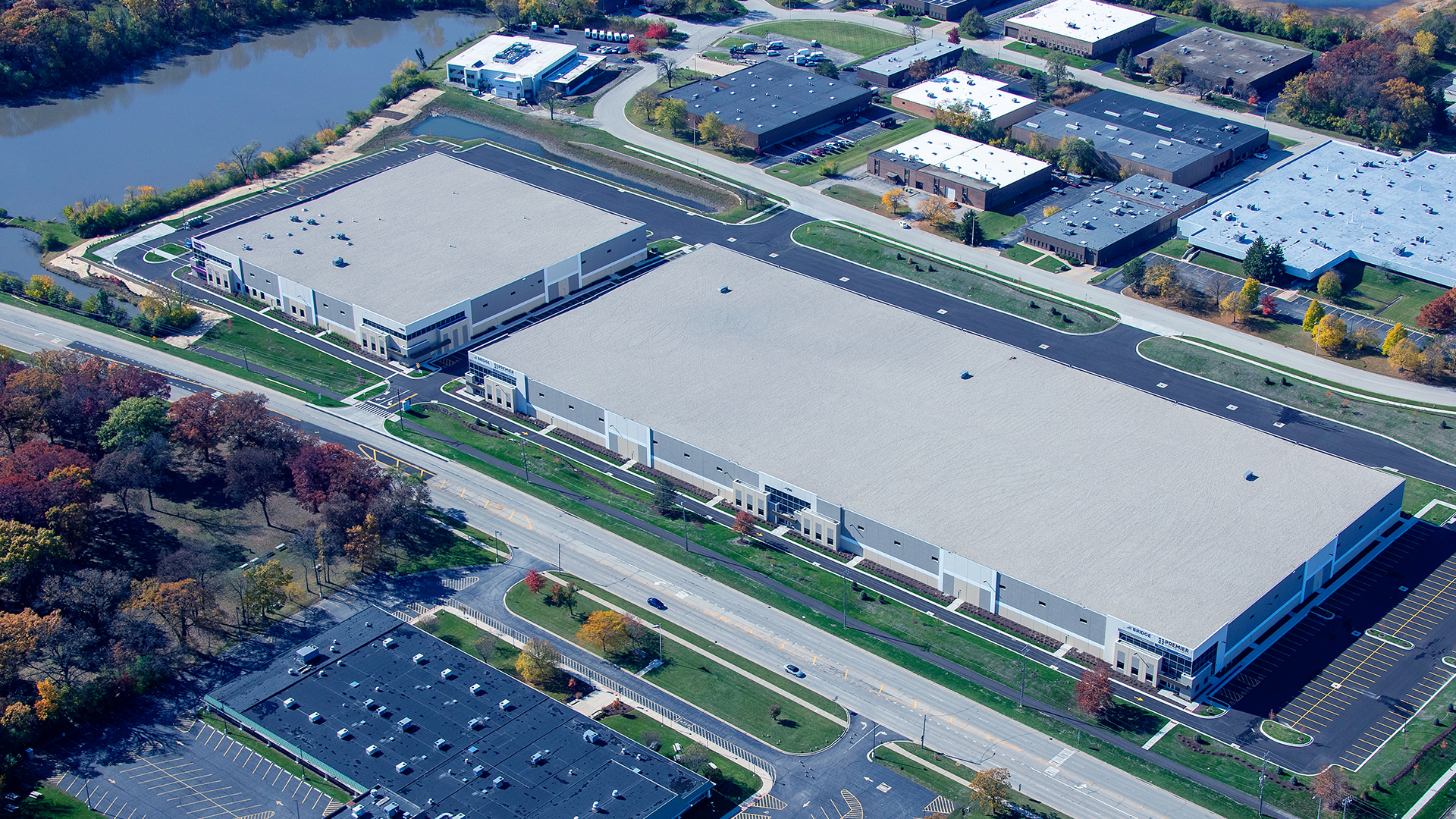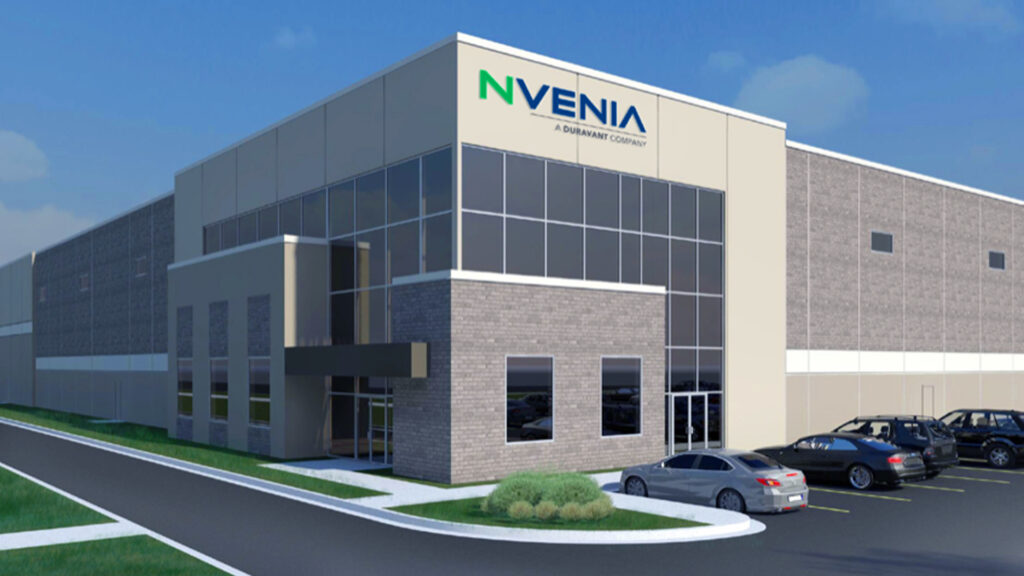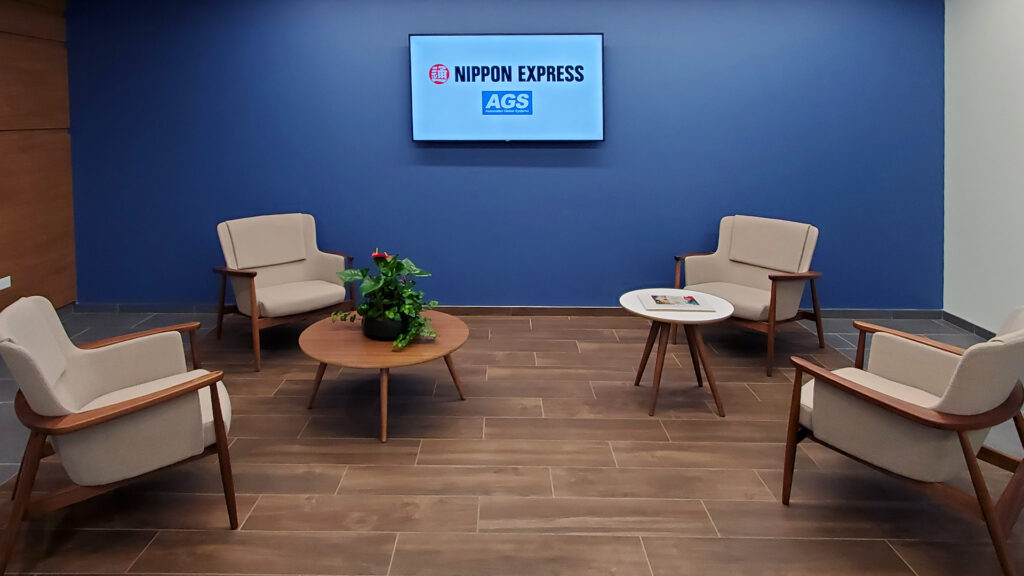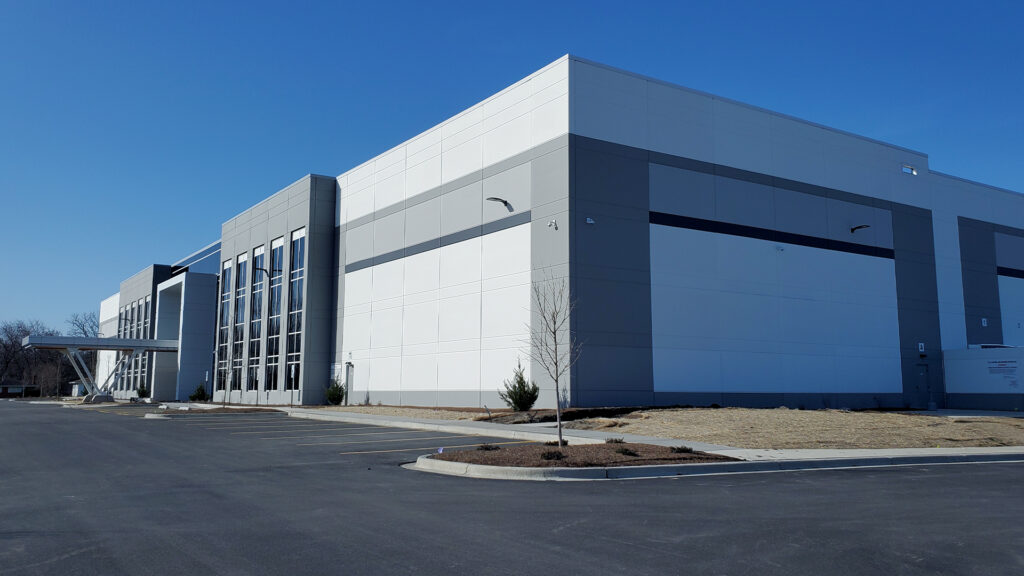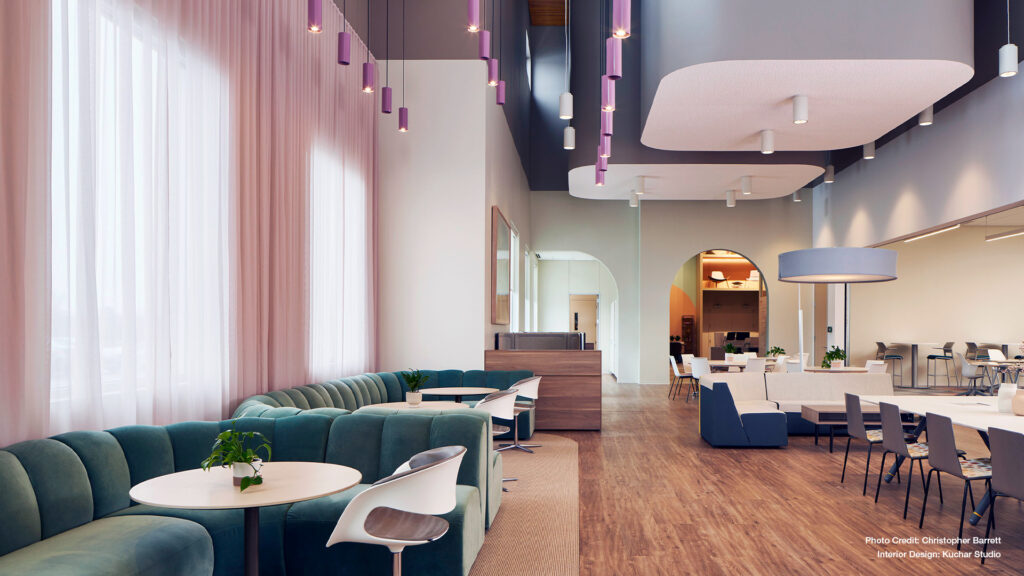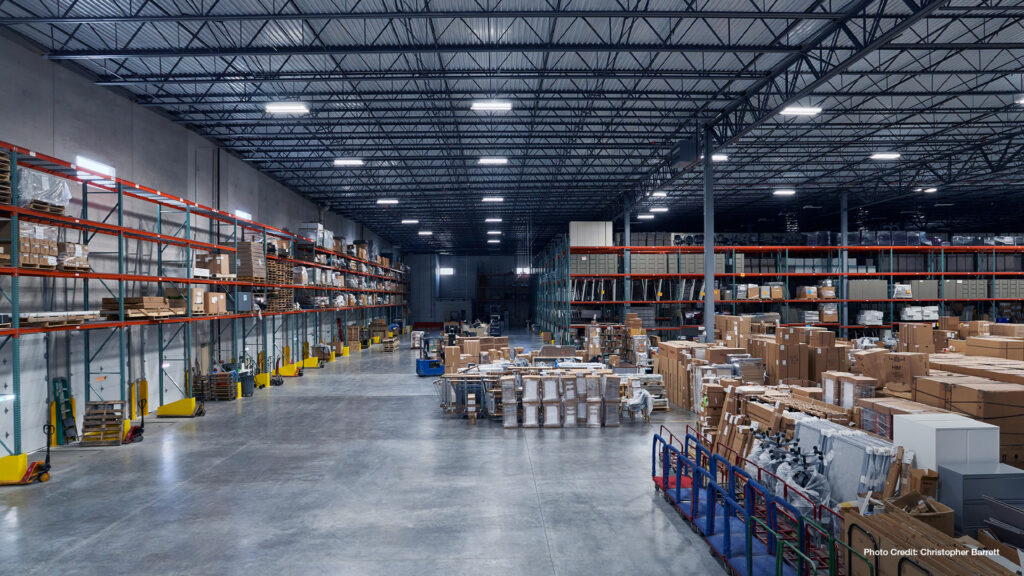Choose DuPage is spotlighting amazing communities, people, and programs across DuPage County. Keep reading to learn about the collaborative culture of Addison, IL and how it helps the community thrive.
ADDISON, IL—Like any great community, the Village of Addison is more than the sum of its parts.
Now, don’t get us wrong; there are plenty of “parts” to love. This DuPage community of 36,000 is home to excellent public schools, beautiful parks, and neighborhoods for families and individuals at any stage of life.
There’s also Addison’s convenient location (the Loop and O’Hare are less than 30 minutes away) and its diverse range of family-owned businesses and Fortune 500 companies. Not to mention: a colorful mix of restaurants, movie theatres, shops, and entertainment attractions, including one of America’s biggest bowling alleys.
But Addison is as much about the things you don’t see as the things you do. This town thrives on a deeply rooted culture of collaboration. Here, the community is all about, well, community: working together, pooling resources, and addressing challenges that no single organization or individual could solve alone.
If you want to see this collaborative culture in action, then grab your work boots and safety glasses. We’re heading to a business at the heart of Addison’s bustling manufacturing sector: SWD, Inc.
“Where others saw ‘just’ a problem, we saw an opportunity.”
Founded by a high-school shop teacher in 1980, SWD started with three employees working in a 9,000-SF facility. As Addison’s manufacturing industry grew, SWD grew with it. Today, the business is a leader in the Metal Finishing and Fastener Sorting sectors, with 150 team members at its 165,000-SF Addison facility.
Like many businesses in Chicagoland and across the nation, SWD faced an increasingly competitive labor market in the late 2010s. As their business continued to grow, finding workers with the right skills became tougher with each passing year.
SWD and other local manufacturers voiced their concerns to community leaders, and the leaders listened.
In 2018, the Village of Addison created a taskforce with the mission of creating a better talent pipeline and closing the local talent gap. A partnership between the Village and local businesses and schools, the Addison Workforce Development Committee searched for creative solutions to identify in-demand skills in the local market, train students and residents, and connect talented people to job opportunities.
“Where others saw ‘just’ a problem, we saw an opportunity,” says longtime Addison Mayor Rich Veenstra. “By training and upskilling our residents, we could open the door for great careers right here in Addison, encourage students who studied here to stay here, and help local businesses get the talent they needed.
“This was a chance for us to create a better talent pipeline and make a long-term impact on the community.”
Addison’s Workforce Development Program eventually connected with the College of DuPage. At the time, COD was in the process of developing its own workforce education initiative called Project Hire-Ed. The Village jumped on the opportunity to collaborate.
“[Rich] was one of the first mayors in the community who expressed interest,” says Linda Sands-Vankerk, who led the program at COD. “He had employers in Addison who were struggling to fill jobs. At the same time, he had community members who were looking for jobs.”
Created by the College of DuPage in partnership with the Village of Addison, Project Hire-Ed merges classroom education with on-the-job training and real-world work. The program uses an “earn-and-learn” model, where students can earn college credit and certificates while working a full-time paid job.
The result is a win-win: Project Hire-Ed helps local employers like SWD find the talent they need, while helping students develop critical skills and land good jobs.
“I’ve done the traditional college route,” says James, an apprentice at SWD and member of Project Hire-Ed. “What this program offers is… you get paid and you get to go to class. And the exposure you get from so many hours of training both inside and outside the classroom is fantastic.”
“Hire-Ed has been a big boost for SWD,” says Erin Strickland, the company’s Director of Human Resources. “It’s allowed us to connect with our community… and tap into the talent that we may miss.”
“We work hard to work together.”
Thanks to its uniquely collaborative culture, Addison has found creative solutions to a complex workforce problem. But that culture extends well beyond a single program or issue.
In Addison, collaboration is simply the way things work. All branches of the local government come together each quarter to share updates and resources and discuss key issues. Mayor Veenstra also meets regularly with religious and other community leaders to take the pulse on Addison’s residents and brainstorm ideas.
Another place where collaboration comes to life is the Mayor’s Community Charity Ball. This annual event brings together numerous local charities for one big fundraiser. For nonprofits, which would otherwise have to host their own separate events, this means less overhead, more exposure, and more resources to put towards their mission.
To date, the Ball has raised over $1.3 million for local organizations. Much like Addison’s Workforce Development initiatives, it now serves as a model for communities across DuPage and the Chicagoland region.
For cities with diverse needs and perspectives, working together can be hard work. But Addison’s commitment to collaboration is paying off in ways big and small. In 2021, the Village received the Robert Wood Johnson Foundation Culture of Health Prize, an award that recognizes communities where organizations collaborate to foster good public health and well-being.
“Everything here is built on relationships,” says Mayor Veenstra.
“Collaboration isn’t something that just happens – you have to work at it. In our community, we work hard to work together, to include everyone at the table and make sure all voices are heard. I believe we’re stronger for it. That’s what the Addison Advantage is all about.”


